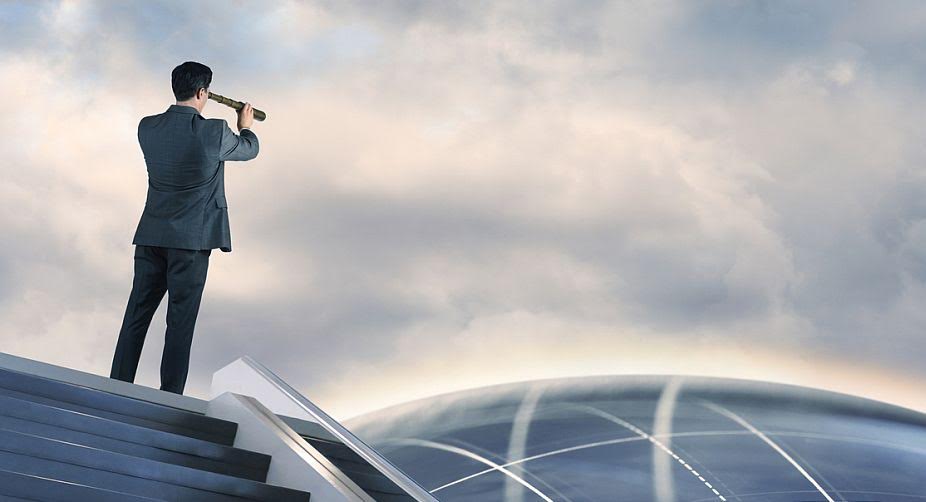STEM edge
Indian STEM (Science, Technology, Engineering, and Mathematics) graduates have long been a cornerstone of the US H-1B visa programme.

Representational image (Getty Images)
In yet another historic moment, an international research team, including scientists from India, on Thursday announced the third detection of gravitational waves — ripples in the fabric of space and time which were first predicted by Albert Einstein more than a century ago.
The Laser Interferometer Gravitational-wave Observatory (LIGO) in the US made the detection on January 4 this year, demonstrating that a new window in astronomy has been firmly opened.
Advertisement
Gravitational waves pass through Earth and can be "heard" by the extremely sensitive LIGO detectors.
Advertisement
As was the case with the first two detections, the waves were generated when two black holes merged to form a larger black hole.
"Our handful of detections so far is revealing an intriguing black hole population we did not know existed until now," said Northwestern University's Vicky Kalogera, a senior astrophysicist with the LIGO Scientific Collaboration (LSC).
The new detection, called GW170104, occurred during the ongoing second observing run of the Advanced LIGO detectors which began on November 30 last year.
The first direct observation of gravitational waves was made in September 2015 during the first observing run.
A second detection was made in December 2015.
The third detection is described in a new paper accepted for publication in the journal Physical Review Letters.
The publication has 40 authors from 11 Indian institutions.
IIT-Madras recently joined the LSC as one of the participating institutes, under the leadership of Dr Chandra Kant Mishra.
The Chennai Mathematical Institute has also been contributing to the activities under the leadership of Dr K.G. Arun.
The group at IIT-Madras is involved in modelling the gravitational wave sources such as the ones which have been detected by the LIGO detectors so far as well as testing the consistency of the detected gravitational wave signals with the predictions of Einstein's general theory of relativity.
The third and latest detection points to merging black holes that are twice as far away from Earth as the two earlier pairs — about three billion light-years away.
This time, the two black holes were unequal in size, one significantly lighter than the other. They merged into a black hole whose size is in the middle of the other two merged black hole pairs.
"Now we have three pairs of black holes, each pair ending their death spiral dance over millions or billions of years in some of the most powerful explosions in the universe. In astronomy, we say with three objects of the same type you have a class. We have a population, and we can do analysis," Kalogera added.
The newfound black hole, formed by the pair's merger, has a mass about 49 times that of our sun.
This fills in a gap between the masses of the two merged black holes detected previously by LIGO, which had solar masses of 62 (first detection) and 21 (second detection).
"We have further confirmation of the existence of black holes that are heavier than 20 solar masses, objects we didn't know existed before LIGO detected them," said David Shoemaker of MIT, the newly elected spokesperson for the LSC.
India is also working towards setting up its own LIGO observatory.
The move received in-principle approval from the cabinet in February last year and has made rapid progress towards the plan to join these exciting scientific observations in 2024.
LIGO-India will greatly enhance the scientific capabilities of the international network of observatories for astronomy, primarily by enabling precise pointing to the location of the gravitational wave events in the sky.
Scientific and engineering teams at IPR Gandhinagar, IUCAA Pune and RRCAT Indore are actively engaged in the pre-construction activities of LIGO-India.
Advertisement